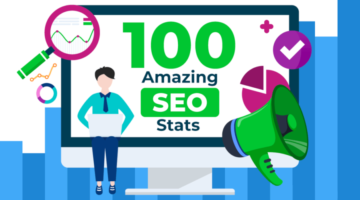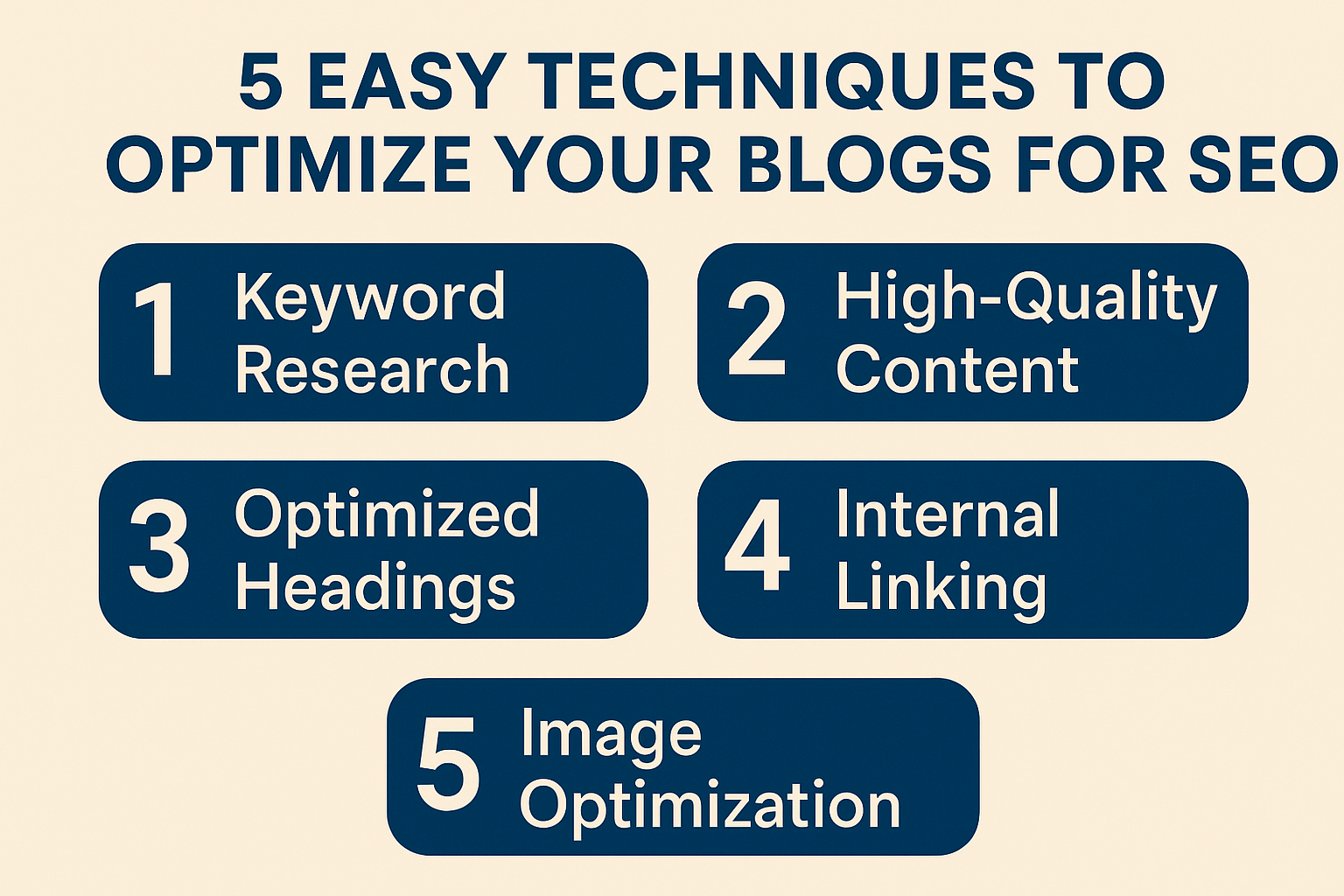AI Search Trends
Navigating AI-Powered Search: What Business Owners Need to Know for 2025
As we look ahead to 2025, AI-powered search is set to redefine how businesses approach SEO, making it crucial for business owners to understand and adapt to these changes. With AI innovations like AI summaries and zero-click searches reshaping user interactions, traditional keyword strategies are giving way to more context-driven approaches. This evolution emphasizes the importance of semantic SEO, highlighting the significance of relevance, experience, expertise, authoritativeness, and trustworthiness in content. As AI transforms local searches and user intent, businesses need to prioritize structured data and multimedia to remain competitive. This guide will help demystify AI search trends and provide actionable steps for businesses to thrive in this new digital marketing landscape.## AI’s Impact on Search Results

AI is reshaping how search engines deliver results, fundamentally changing the SEO landscape. This section explores the key innovations driving this transformation.
AI Summaries and Answer Engines
AI-powered search engines now provide concise summaries and direct answers to user queries, offering a more efficient and effective search experience. This shift affects how businesses must structure their content for optimal visibility.
These AI summaries draw information from multiple sources, synthesizing key points into a coherent response. For businesses, this means focusing on clear, concise, and authoritative content that AI systems can easily parse.
Answer engines take it a step further, aiming to provide a complete response without requiring the user to click through to a website. This presents both challenges and opportunities for businesses looking to maintain their search visibility.
To adapt, companies must create content that’s both comprehensive and easily digestible, increasing the chances of being featured in AI-generated summaries or answer boxes.
Zero-Click Searches and Visibility
Zero-click searches, where users find answers directly on the search results page, are becoming increasingly common. This trend has significant implications for website traffic and visibility.
According to Search Engine Land, nearly 50% of Google searches now end without a click to any web properties. This shift requires businesses to rethink their SEO strategies and focus on alternative metrics beyond just click-through rates.
To maintain visibility in this new landscape, businesses need to optimize for featured snippets, knowledge panels, and other SERP features that AI-powered search engines prioritize.
Creating content that directly answers common questions in your industry can increase your chances of being featured in these prominent positions, even if it doesn’t always result in a direct website visit.
Keywords to Entities & Context

The focus of SEO is shifting from individual keywords to broader concepts and context. Understanding this change is crucial for an effective content strategy.
Importance of Relevance and EEAT
In the age of AI-powered search, relevance and EEAT (Experience, Expertise, Authoritativeness, and Trustworthiness) have become paramount. Search engines are becoming increasingly adept at understanding user intent and matching it with the most relevant content.
Relevance goes beyond simple keyword matching. AI algorithms now consider the broader context of a query, looking for content that comprehensively addresses the user’s needs. This means businesses need to create in-depth, well-researched content that covers topics from multiple angles.
EEAT factors heavily into how search engines evaluate content quality. Demonstrating expertise through detailed and accurate information and showcasing authority through credentials, citations, and external recognition can significantly boost your content’s ranking potential.
To improve your EEAT signals, consider:
-
Highlighting author expertise
-
Providing clear sources for information
-
Regularly updating content to ensure accuracy
-
Building a strong backlink profile from reputable sources
Semantic SEO and Its Role
Semantic SEO focuses on the meaning behind words rather than the words themselves. This approach aligns closely with how AI-powered search engines interpret and categorize content.
As outlined by DealFront, semantic SEO involves creating content that comprehensively covers topics, using natural language and related concepts to enhance search engine optimization. This helps search engines understand the context and relevance of your content more accurately.
Key strategies for effective semantic SEO include:
-
Using schema markup to provide explicit context about your content
-
Creating topic clusters that interlink related pieces of content
-
Incorporating synonyms and associated terms naturally throughout your content
-
Focusing on answering user questions and addressing their intent
By embracing semantic SEO, businesses can enhance their visibility in AI-powered search results and deliver greater value to their audience.
Content That Wins in an AI World

Creating content that performs well in AI-driven search requires a strategic approach. This section examines key strategies for achieving success.
Structured Data and Topic Clusters
Structured data and topic clusters are crucial elements in making your content more accessible and understandable to AI-powered search engines.
Structured data, implemented through schema markup, provides explicit information about the context and meaning of your content. This helps search engines categorize and display your content more effectively in search results.
Key benefits of using structured data include:
-
Enhanced rich snippets in search results
-
Improved chances of appearing in knowledge panels
-
Better understanding of your content by search engines
Topic clusters involve creating a network of interlinked content pieces around a central theme. This approach helps establish topical authority and provides a clear structure for both users and search engines to navigate your content.
Proceed Innovative suggests that businesses should focus on creating comprehensive, interlinked content hubs to maximize their visibility in AI-powered search results.
FAQ Optimization and Multimedia
Optimizing FAQ sections and incorporating diverse multimedia elements can significantly boost your content’s performance in AI-driven search.
Well-structured FAQ sections directly address user queries, increasing the likelihood that your content will be featured in AI summaries or answer boxes. To optimize your FAQs:
-
Use clear, concise questions that mirror common user queries
-
Provide direct, informative answers
-
Structure your FAQ content with proper HTML markup for better parsing by search engines
Multimedia elements such as images, videos, and infographics can enhance user engagement and provide additional context for AI algorithms. When incorporating multimedia:
-
Use descriptive file names and alt text for images
-
Provide transcripts for videos and podcasts
-
Create informative captions and descriptions for all multimedia elements
By combining optimized FAQ sections with rich multimedia content, businesses can create a more engaging user experience while improving their visibility in AI-powered search results.
Local SEO in the AI Era
Local

Search is evolving with AI, presenting new challenges and opportunities for businesses with physical locations or serving specific geographic areas.
“Near Me” Searches and Local Intent
AI-powered search engines have become increasingly adept at understanding and responding to local intent, particularly in “near me” searches. This shift has significant implications for how businesses approach local SEO.
Modern search algorithms can infer local intent even when users don’t explicitly include location-based keywords. This means businesses need to optimize for a broader range of locally relevant queries and ensure their online presence accurately reflects their physical location and service areas.
Key strategies for optimizing for “near me” searches include:
-
Maintaining accurate and consistent NAP (Name, Address, Phone) information across all online platforms
-
Encouraging and managing customer reviews
-
Creating locally relevant content that addresses specific community needs or events
By focusing on these elements, businesses can improve their visibility in AI-driven local search results and attract more relevant local traffic.
Adapting to AI Search Changes
As AI continues to shape local search, businesses must adapt their strategies to maintain and improve their local search visibility.
Google Developers emphasizes the importance of providing comprehensive, accurate information about your business to help AI algorithms understand and categorize your offerings correctly. This includes:
-
Keeping your Google Business Profile up-to-date with accurate hours, services, and attributes
-
Using local schema markup on your website to provide explicit location and service information
-
Creating location-specific pages with unique, valuable content for each service area
Additionally, businesses should focus on building local relevance through:
-
Participating in community events and highlighting these activities online
-
Creating content that addresses local issues or topics of interest
-
Collaborating with other local businesses or organizations to build local authority
By embracing these strategies, businesses can position themselves effectively in the evolving landscape of AI-powered local search.
What Businesses Should Do Today

To thrive in the era of AI-powered search, businesses need to take proactive steps to optimize their online presence. This section outlines the key actions to be implemented.
Optimizing for Featured Snippets
Featured snippets are prime real estate in search results, often appearing above traditional organic listings. Optimizing for these can significantly increase visibility and traffic.
To increase your chances of securing featured snippets:
-
Identify common questions in your industry and create content that directly answers these queries
-
Structure your content with clear headings and concise paragraphs
-
Use lists, tables, and bullet points to present information in an easily digestible format
-
Provide clear, authoritative answers within the first few paragraphs of your content
Remember that featured snippets are often pulled from longer, more comprehensive content. While aiming for conciseness in your answers, ensure your overall content provides in-depth information on the topic.
Regularly monitor your target keywords for featured snippet opportunities and adjust your content strategy accordingly to capture these valuable positions.
Creating People-First Content
In the age of AI, creating content that truly serves user needs is more important than ever. People-first content focuses on providing genuine value to your audience rather than just trying to game search algorithms.
Key principles of people-first content include:
-
Addressing user intent comprehensively
-
Providing unique insights or perspectives
-
Ensuring content is easily readable and accessible
-
Regularly updating information to maintain accuracy and relevance
To create effective people-first content:
-
Conduct thorough audience research to understand your users’ needs and pain points
-
Focus on creating in-depth, authoritative content that goes beyond surface-level information
-
Incorporate user feedback and engagement metrics to improve your content continuously
-
Prioritize user experience, including page speed, mobile optimization, and intuitive navigation
By putting user needs at the forefront of your content strategy, you not only improve your chances of ranking well in AI-powered search but also build trust and loyalty with your audience.












